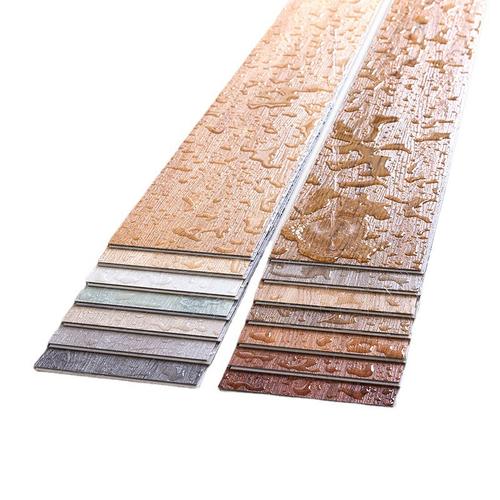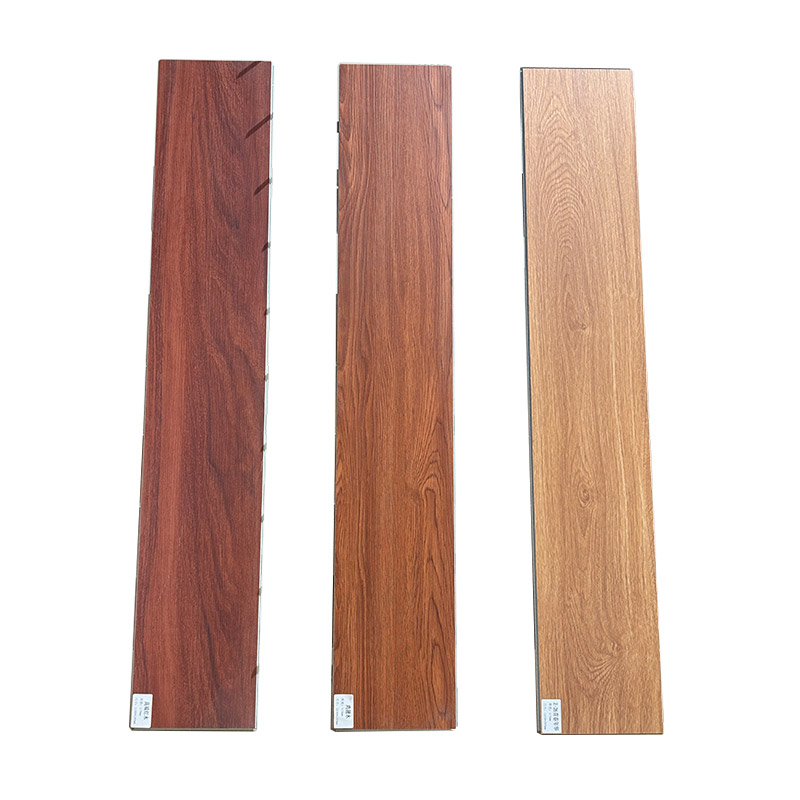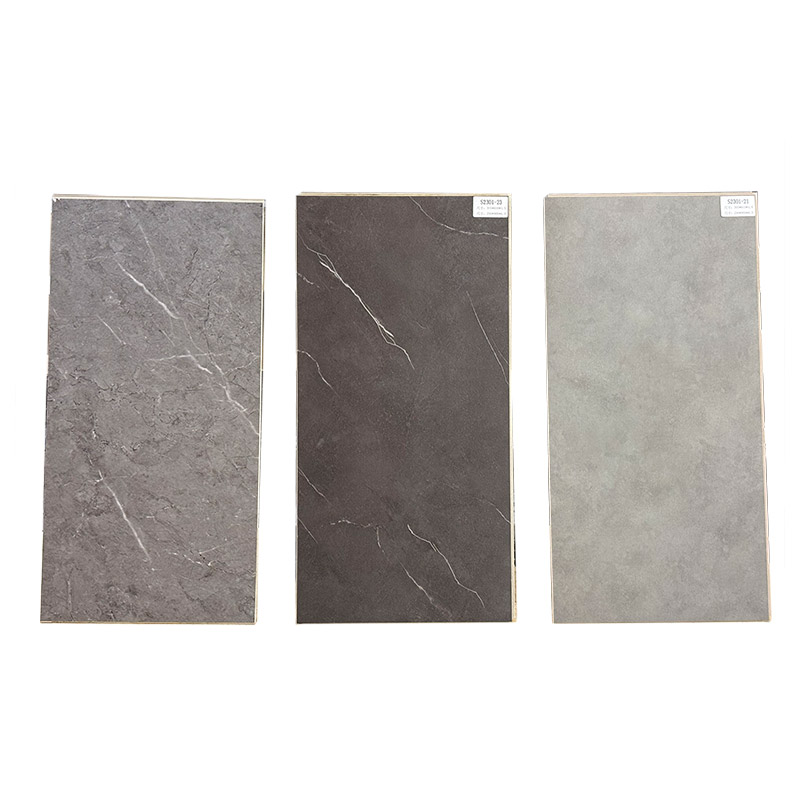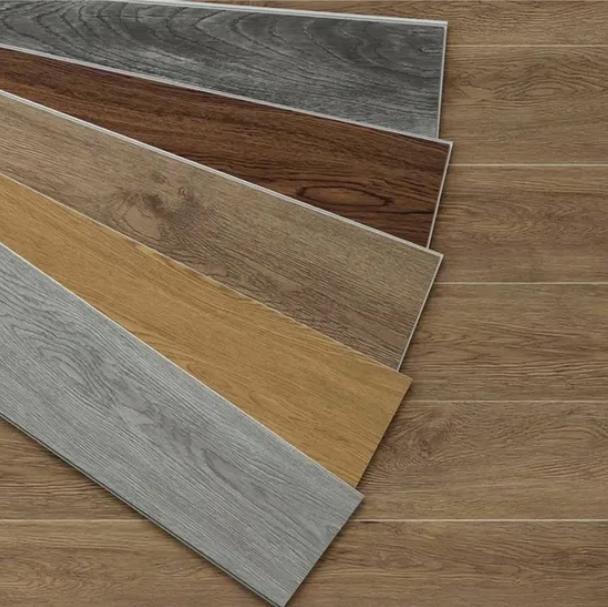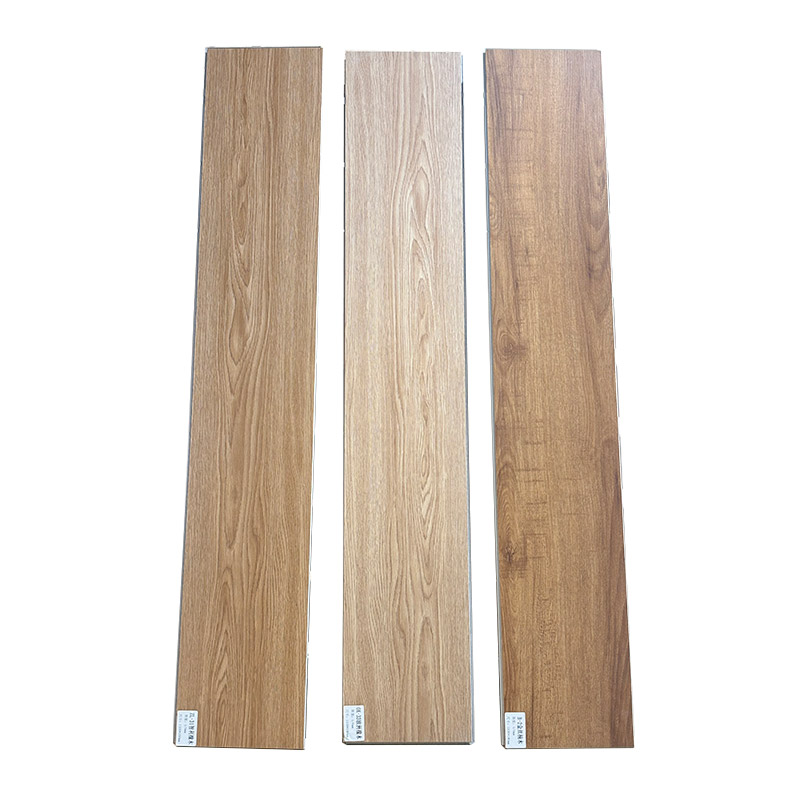Is SPC Flooring Better Than LVP? A Complete Comparison
When decorating, the choice of flooring is often a headache-inducing part. After all, the floor will accompany the home for many years. It must be durable, good-looking and meet one’s own living needs. In recent years, SPC flooring and LVP flooring have become the “hot players” in the decoration market. Many people are repeatedly torn between the two: some say SPC is durable, while others claim that LVP has a good foot feel. So, which one should one choose without making a mistake? Today, we will make a thorough comparison between these two types of flooring from multiple perspectives to help you find the one that best suits your home.
Table of Contents
What Are SPC Flooring And LVP Flooring Respectively
Before making a comparison, let’s first figure out exactly what these two types of flooring are to avoid getting confused just by hearing their names.
(1) SPC Flooring
The full name of SPC flooring is Stone Plastic composite flooring. As the name suggests, its main raw material is polyvinyl chloride resin, and it is pressed with some stone powder, stabilizers and other auxiliary materials. Structurally speaking, it is generally divided into five layers: the topmost layer is the UV coating, which can effectively resist the erosion of ultraviolet rays, followed by the wear-resistant layer, which can withstand daily scratches. In the middle is the decorative layer, which can be made into various patterns such as wood grain and stone grain. Below is the base material layer, that is, the core stone plastic layer, which determines its hardness and stability. The bottom layer is the balancing layer, which serves to prevent moisture and maintain balance. Overall, the first impression that SPC flooring gives is “solid”.
Herringbone SPC Flooring
SPC Rigid Core Flooring
(2) LVP Flooring
LVP flooring is the abbreviation of “Luxury Vinyl plank Flooring”. “plank” means long strips, so it is mostly in the shape of long strips, somewhat resembling the design of solid wood flooring. Its core material is vinyl, and its structure is somewhat similar to that of SPC flooring, with about four layers: the wear-resistant layer, the printed layer (also known as the decorative layer), the core layer (the vinyl base layer, which is its core part), and the bottom back layer. The feature of LVP flooring is its good flexibility, and the foot feel is closer to traditional flooring than SPC. This is also one of the reasons why many people like it.
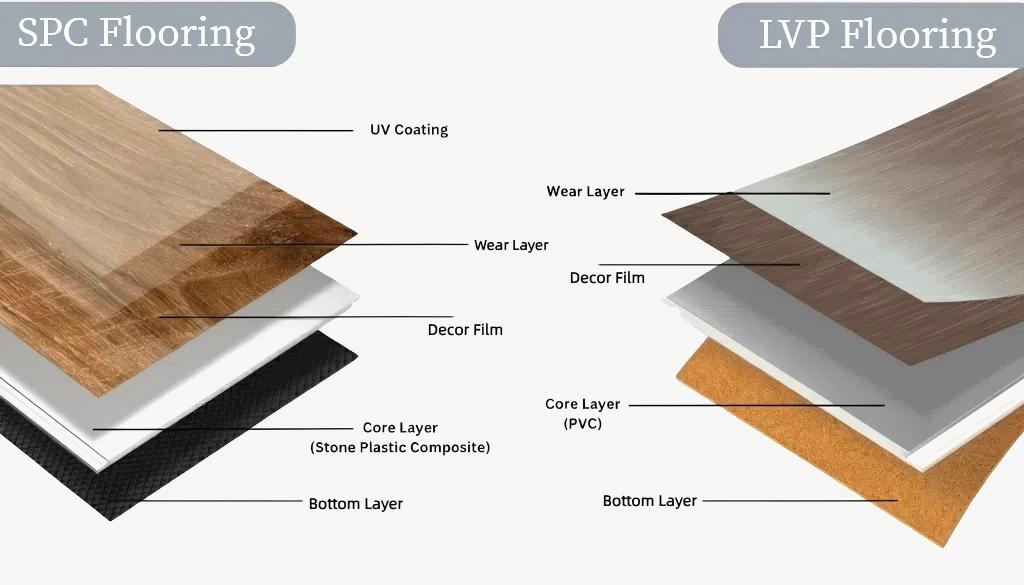
Core Comparison: A Comprehensive Showdown Between SPC Flooring And LVP Flooring
Having understood the basic information, the next step is the comparison session that everyone is most concerned about. Let’s start from eight aspects such as durability, water resistance and stability to see where the respective advantages of the two types of flooring lie.
(1) Durability: Whose “lifespan” is longer?
When choosing flooring, the first thing to consider is durability – after all, no one wants scratches or damage to appear just a few years after installation. SPC flooring, due to the addition of stone powder in its base material, has a very high hardness and particularly strong resistance to impact and scratches. Even if there are children running around at home or pets that often scratch, SPC flooring can withstand it. Even in high-traffic areas like the living room where people come and go, it is unlikely to have problems after ten or eight years of use.
However, LVP flooring, due to its good flexibility, is slightly less hard than SPC. Although it also has a wear-resistant layer, the wear resistance of LVP flooring from different brands and at different prices varies greatly: the wear-resistant layer of high-end LVP is thick enough and there is no problem for daily use. However, the low-priced LVP may not be used for long before obvious scratches appear on its surface. So if high durability is required, SPC flooring will be more reliable.
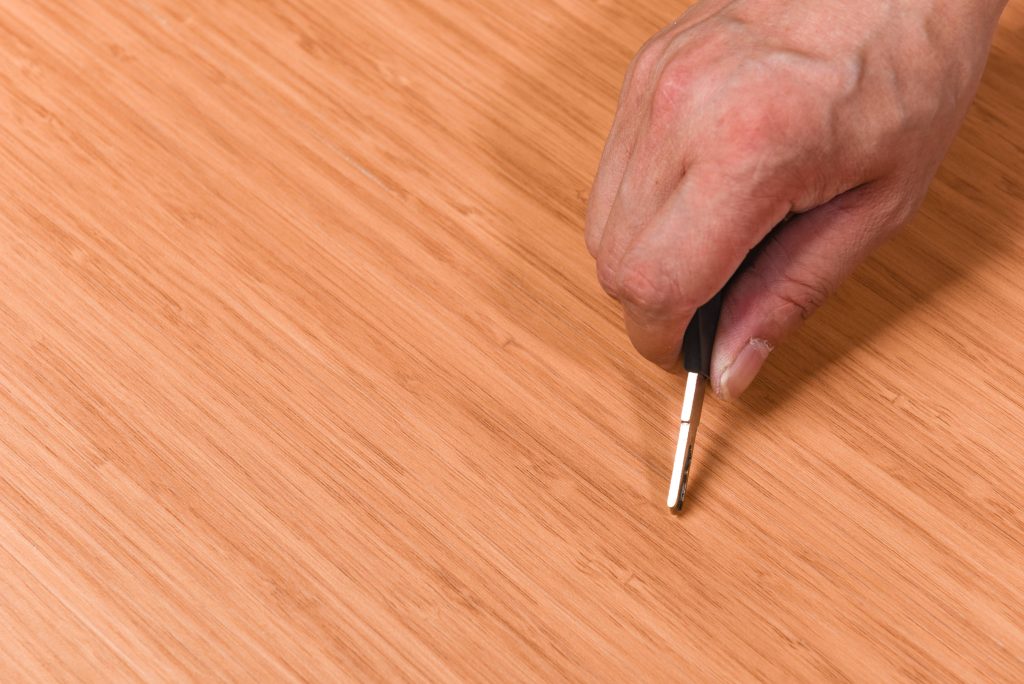
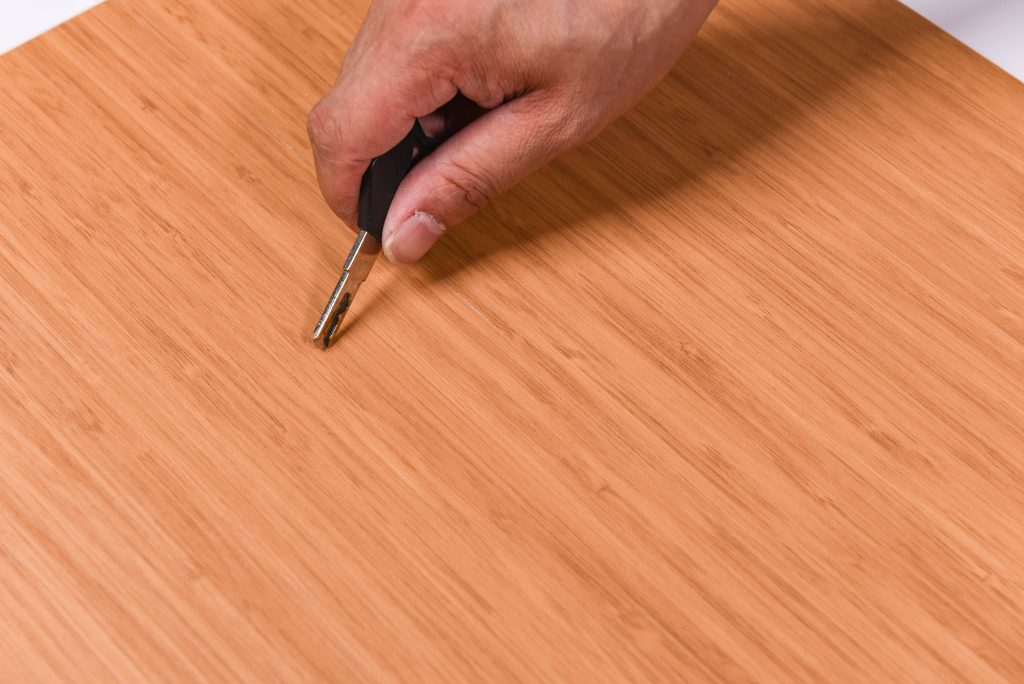
(2) Water Resistance: Which One is more “stable” in a humid environment?
In damp areas such as kitchens and bathrooms, the waterproofing of the floor is the “lifeline”. The base material of SPC flooring itself does not absorb water. Even if water is accidentally spilled on it, it will not expand or deform. Just wipe it off with a cloth. Therefore, many people install it in kitchens, bathrooms, and even balconies.
The core material of LVP flooring, vinyl, is also waterproof, but there is a small problem: if it is a low-priced LVP flooring, the sealing at the joints may not be good. If it is in a damp environment for a long time, water is likely to seep in through the joints. Over time, this may cause the floor to warp. However, mid-to-high-end LVP flooring is sealed and has a good waterproof effect. Overall, the water resistance of both types of flooring is not bad, but in extremely humid environments, the stability of SPC is superior.

(3) Stability: Which one is less likely to “deform” under changes in temperature and humidity?
Apart from dampness, temperature changes can also affect the stability of the floor. For instance, in the north, there is central heating in winter and air conditioning in summer, resulting in a large temperature difference. During the rainy season in the south, the humidity is high, which may cause the floor to warp and shrink.
The base material of SPC flooring has a very low shrinkage and expansion rate. Whether the temperature fluctuates greatly or the humidity changes significantly, it is not prone to deformation. Even if it is used in regions with large temperature differences like Northeast China, there is no need to worry too much. The LVP floor is slightly more affected by temperature. For instance, when direct sunlight hits the floor in summer or when it is close to a radiator, it may experience a slight contraction. Although this does not affect its use, it can still make people feel somewhat uncomfortable.
(4) Foot Feel and Comfort: Which One feels more “comfortable” when stepped on?
Apart from durability, the feel underfoot is also a point that many people care about – after all, when walking or standing at home every day, the feeling on the floor greatly affects the experience. SPC flooring, due to its high hardness, feels a bit hard underfoot. When walking on it, you can clearly feel a “tough” feedback, somewhat like stepping on tiles, but slightly softer than tiles.
LVP flooring is different. It has good flexibility and the foot feel is closer to that of solid wood flooring. It has a certain elasticity when stepped on and you won’t feel tired even after walking for a long time. If there are elderly people at home or if you prefer a “soft” feeling when stepping on it, LVP flooring would be more suitable. If you prefer a neat and tough feel, SPC is a better choice.
(5) Installation Difficulty and Cost: Who is More “worry-free and Cost-effective”?
Installation and cost are also unavoidable topics – after all, not everyone has a professional installation team, and not everyone has a sufficient budget.
First, let’s look at the installation difficulty: SPC flooring is mostly installed in a “locking” way, just like assembling Lego blocks. Just align the locking points of the two floorboards and lock them on. There’s no need to apply glue. Even beginners can try DIY by following the tutorial, and the installation speed is also fast. There are two types of LVP flooring: one is the interlocking type, and its installation difficulty is similar to that of SPC. Another type is the “glue pasting method”, which requires applying glue on the ground first and then sticking the floor onto it. This not only takes a lot of time but also requires controlling the amount of glue used. Inexperienced people are very likely to install it crooked, so they can only seek professional workers.
Let’s look at the cost: The raw material cost of SPC flooring is slightly higher, so its selling price is generally a bit more expensive than that of ordinary LVP flooring. For instance, it may be 20 to 50 yuan more expensive per square meter. The price range of LVP flooring is very wide. Mid-to-low-end products can be purchased for just a few dozen yuan per square meter, offering a high cost performance. The price of high-end LVP is similar to that of SPC, or even more expensive. So if the budget is limited and you want to choose a cost-effective option, mid-to-low-end LVP is more suitable. If you want to avoid the trouble of installation and are willing to spend a little more money, SPC is more worry-free.
→ LVP flooring installation video
→ SPC flooring installation video
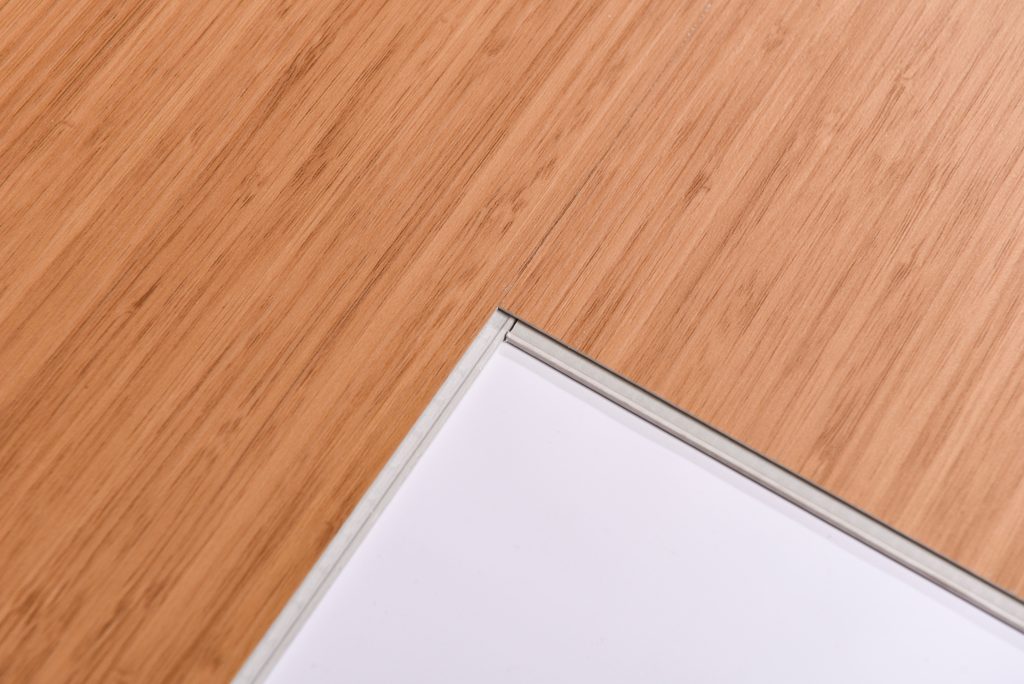
(6) Environmental Friendliness: Who is More “Green and Healthy”?
Nowadays, everyone is concerned about environmental protection and is afraid that the floor may contain harmful substances such as formaldehyde. In fact, whether it is SPC or LVP flooring, as long as it is a high-quality product, it can achieve no formaldehyde release and meet the national environmental protection standards.
However, it should be noted that some low-priced LVP flooring, in order to cut costs, may use inferior vinyl raw materials or add harmful stabilizers. Long-term use may affect health. SPC flooring, due to its more stable base material composition, has relatively fewer cases of excessive harmful substances, but this is not an absolute rule. So no matter which one you choose, you should ask the merchant to show the product inspection report, and make sure to recognize labels such as “E0 level” and “formaldehyde-free certification”. Don’t buy products without the three standards.
(7) Appearance Diversity: Whose “appearance level” is more outstanding?
The appearance level of the floor should match the decoration style of the home. Both of these two types of floors have many options in terms of appearance. SPC flooring can be made into various textures such as wood grain, stone grain and fabric grain, with a rich variety of patterns. Moreover, the degree of pattern reproduction is very high. For instance, SPC flooring that imitates marble looks almost indistinguishable from real marble.
LVP flooring, due to its long strip shape, has an advantage in imitating the texture of solid wood – its wood grain details are more delicate, and it can even create the “knots” and “grain directions” of solid wood flooring, visually closer to natural wood. If your home is in a warmer style such as Nordic or Japanese, the imitation solid wood appearance of LVP flooring will be more suitable. If it is a modern or industrial style, the stone texture and solid color styles of SPC would be more suitable.
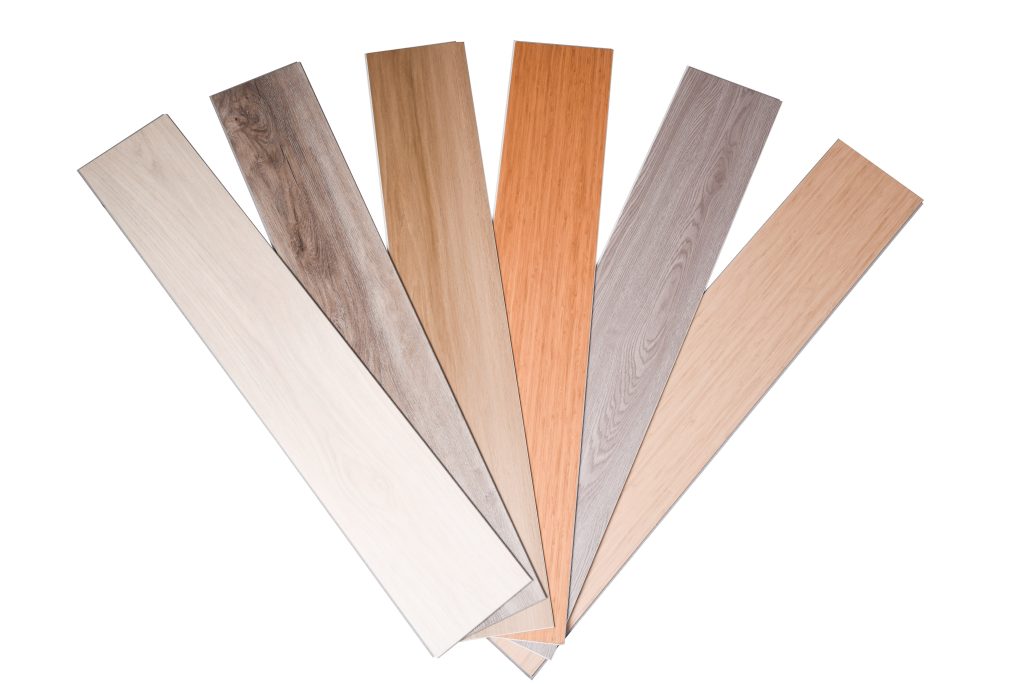
(8) Applicable Scenarios: Who is More Versatile?
From the previous comparison, it can be seen that the applicable scenarios of the two types of flooring are also different. SPC flooring, due to its durability, water resistance and stability, can almost cover all Spaces in the home: living rooms, bedrooms, kitchens, bathrooms, balconies, and even high-traffic public areas such as commercial showrooms and offices. There is no problem using it.
LVP flooring is more suitable for Spaces with high requirements for foot feel, such as bedrooms and studies – in these places, a comfortable foot feel can enhance the experience when walking or sitting for a long time. It can also be used in the living room, but it is necessary to avoid staying in a damp environment for a long time. For instance, do not install it in the bathroom. Otherwise, even if it is a mid-to-high-end product, it may have problems over time.
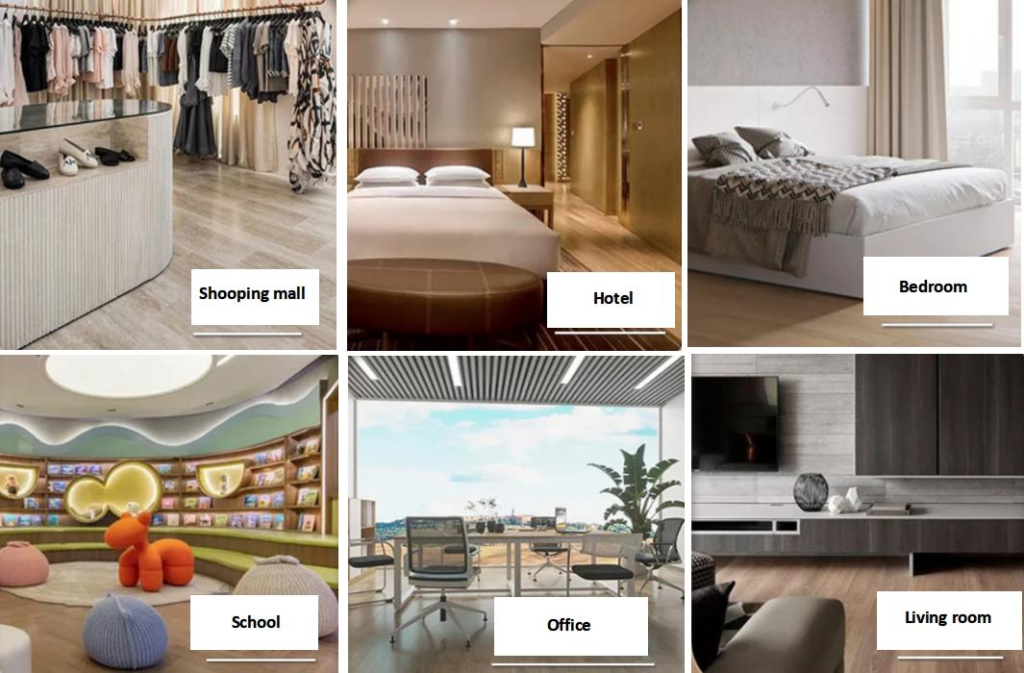
Selection Suggestion: Choose The Appropriate Floor According To Your Needs
After seeing so many comparisons, there might still be some people who don’t know which one to choose. In fact, it’s very simple. Just follow your own needs
(1) The situation where SPC flooring is preferred
When installing damp areas such as the kitchen, bathroom and balcony at home, the floor needs to be waterproof and moisture-resistant.
There are children or pets with high daily activity levels, which require high wear resistance and impact resistance of the floor.
Living in areas with large temperature differences in the north or in the south where the humidity is high during the rainy season, floors with strong stability are required.
If you want to install it by yourself or don’t want to spend too much time on it and pursue convenience.
(2) The situation where LVP flooring is preferred
The bedroom and study are being renovated. I pay more attention to the comfort of the feet and hope to have an experience close to that of solid wood flooring.
With a limited budget, you want to choose a cost-effective floor, or you like the appearance of solid wood but don’t want to spend the money on solid wood flooring.
The home decoration style is warm and natural, such as Nordic style or Japanese style, and the wood grain details of the floor need to be more delicate.
Popular Questions And Answers About SPC and LVP Flooring
In addition to the above comparison, you may have some specific questions. Here, we will select a few popular ones to answer
Question 1: Can both SPC flooring and LVP flooring be used in underfloor heating environments?
Answer: SPC flooring has good heat resistance. As long as it meets the standards for floor heating, it can be laid on floor heating without any problem and will not deform due to high temperatures. When it comes to LVP flooring, it should be noted that the heat resistance of ordinary LVP is insufficient. When laid on floor heating, it may shrink and curl at the edges. Therefore, it is necessary to choose “LVP flooring specifically designed for floor heating”. When purchasing, make sure to confirm clearly with the merchant.
Question 2: Is the maintenance and upkeep of SPC flooring and LVP flooring difficult?
Answer: The maintenance of both types of flooring is very simple. Just wipe them with a damp cloth on a daily basis and they can be cleaned. There is no need to wax or maintain them like solid wood flooring. It should be noted that do not use sharp objects (such as scissors or keys) to scrape the floor, and do not allow water to accumulate on the floor for a long time, especially at the joints of the LVP floor, to avoid water seepage.
Question 3: If SPC flooring is hard, will it be prone to cracking?
Answer: Although high-quality SPC flooring is hard, it also has a certain degree of toughness. It won’t break even when walking normally or placing furniture on it. Only when subjected to a violent impact (such as hitting the floor with a heavy object) may it break. There is no need to worry too much about it in daily use.
Question 4: The water resistance of LVP flooring is limited. Will daily mopping have any impact?
Answer: Daily mopping is completely fine. Just dry the surface water in time after mopping and prevent water from seeping in through the joints. If it is a latch-type LVP floor, the sealing at the joints is good. Even if there is occasional water residue, it is not easy to have problems. However, for the glue-bonded LVP, extra caution is needed. Try not to let the water stay for a long time.
Conclusion
By now, I believe everyone has a clear understanding of SPC and LVP flooring. SPC flooring excels in durability, stability and water resistance, making it suitable for families that value practicality and high-demand scenarios. LVP flooring is more suitable for those who pursue a warm experience in terms of comfortable foot feel and high cost performance.
Finally, I would like to remind everyone: No matter which type of flooring you choose, make sure to select products from reputable brands and check the environmental protection test reports to ensure health and safety. If you are still not sure, you can also go to a physical store to step on and take a look, experience the differences between the two types of flooring in person, and then make a decision based on your own decoration budget, usage scenarios and preferences. If you want to know more detailed information about the relevant content, you can contact us for inquiries.


